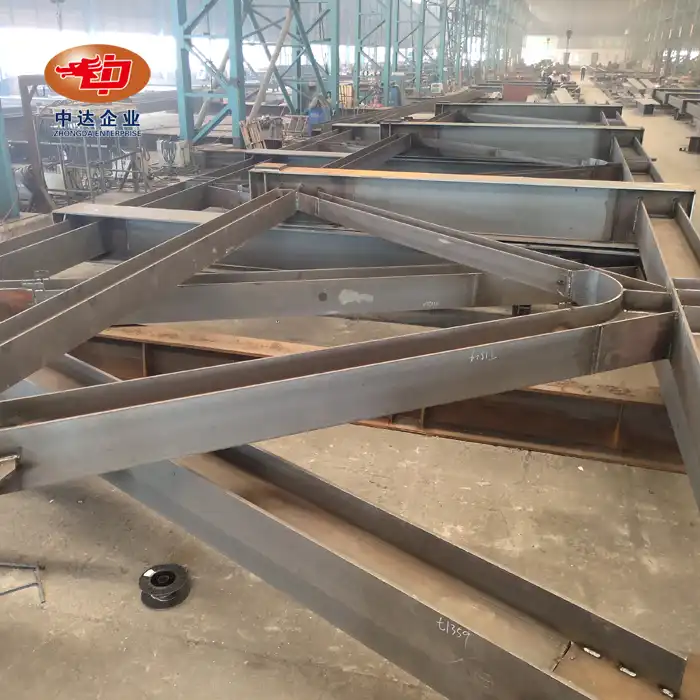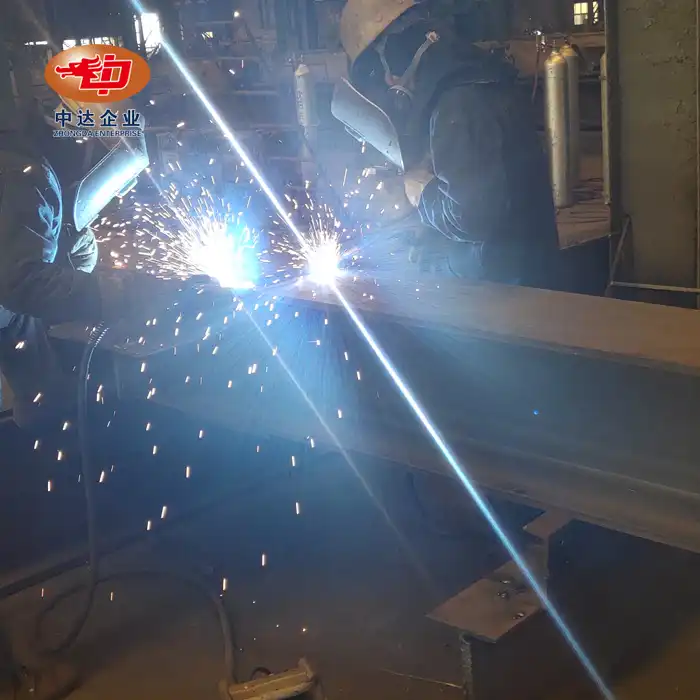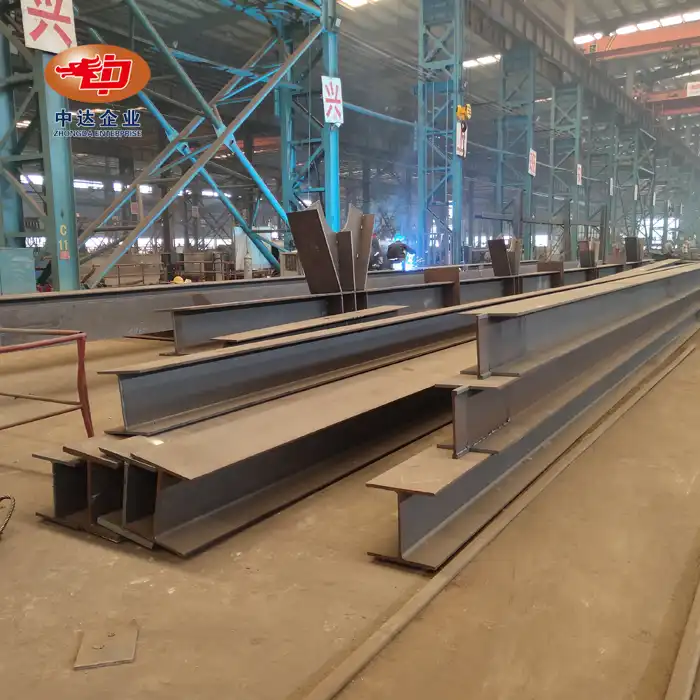The Structural Marvels of Steel Cable-Stayed Bridges
Q420qE Steel: The Backbone of Modern Bridges
At the heart of today's most impressive cable-stayed bridges lies Q420qE steel, a high-performance material that's revolutionizing bridge construction. This exceptional steel grade, utilized by industry leaders like Shenyang Zhongda Steel Structure Engineering Co., Ltd., boasts a remarkable yield strength that surpasses traditional structural steels. With plate thicknesses ranging from 60 to 120mm, Q420qE steel provides the perfect balance of strength and flexibility needed for towering bridge pylons.
The use of Q420qE steel in cable towers allows for vertical error tolerances as tight as 1/4000, ensuring precise alignment and load distribution. This level of accuracy is crucial for maintaining the bridge's structural integrity under various stress conditions, from daily traffic loads to extreme weather events. The superior strength-to-weight ratio of Q420qE steel also enables designers to create more slender, aesthetically pleasing structures without compromising on safety or durability.
Cable Systems: The Lifelines of Suspension
The true strength of a cable-stayed bridge lies in its intricate network of stay cables. These high-tensile steel wires, often measuring 7mm in diameter and complying with stringent EN 10138 standards, form the critical load-bearing elements of the bridge. The OVM250 type anchorage system, a pinnacle of engineering innovation, secures these cables to the bridge deck and pylons with unparalleled reliability.
Each stay cable is capable of supporting massive loads, working in harmony to distribute the weight of the bridge deck and its live loads evenly across the structure. This efficient load distribution allows cable-stayed bridges to span impressive distances, with main spans ranging from 200 to 800 meters, depending on the specific design requirements. The flexibility in span configuration, whether utilizing double or single-cable plane designs, further enhances the adaptability of these bridges to various geographical and traffic demands.
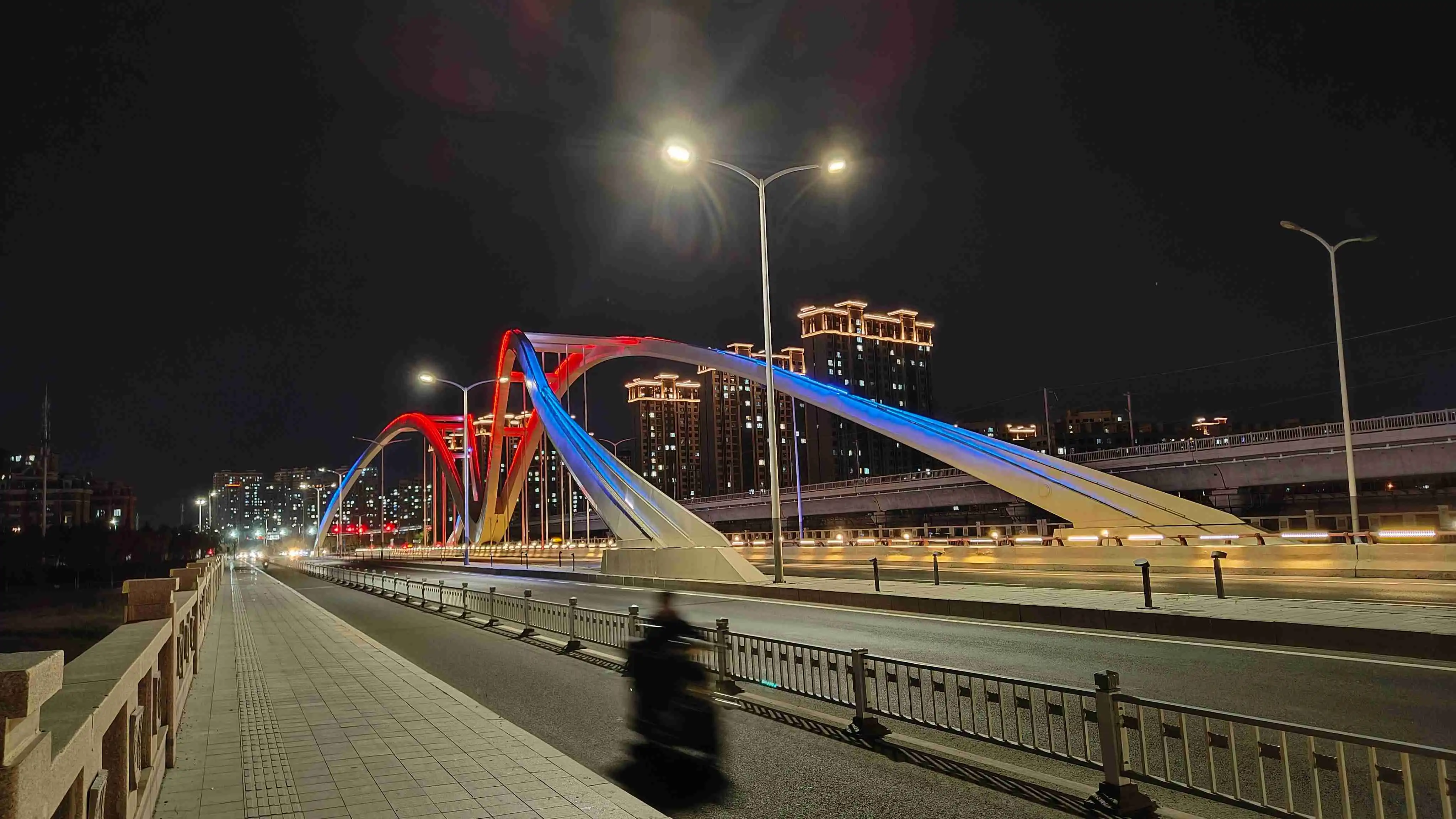
Seismic Resilience: Engineered for Stability
In regions prone to seismic activity, the strength of a steel cable-stayed bridge is put to the ultimate test. Modern designs incorporate advanced seismic isolation systems, such as the LRB800 type bearings, which can reduce seismic response by up to 40%. This remarkable feat of engineering ensures that the bridge remains stable and functional even during significant earthquake events.
The combination of flexible stay cables and rigid tower structures creates a dynamic system capable of absorbing and dissipating seismic energy. This inherent flexibility, coupled with purpose-designed isolation bearings, allows the bridge to move and flex without sustaining critical damage. As a result, steel cable-stayed bridges stand as beacons of resilience in earthquake-prone regions, providing vital transportation links that remain operational when they're needed most.
Innovative Design Features Enhancing Bridge Strength
Aerodynamic Profiles: Battling Wind Forces
The strength of a steel cable-stayed bridge isn't just about withstanding vertical loads; it's also about resisting horizontal forces, particularly wind. Modern bridge designs incorporate sleek, aerodynamic profiles that significantly reduce wind resistance. These streamlined shapes allow wind to flow smoothly around the structure, minimizing turbulence and the potential for dangerous oscillations.
Advanced computational fluid dynamics (CFD) simulations, coupled with wind tunnel testing, enable engineers to optimize bridge designs for maximum stability in high-wind conditions. The result is a structure that not only stands strong against gusty weather but also maintains its integrity during severe storms or hurricanes. This aerodynamic efficiency contributes to the overall strength and longevity of steel cable-stayed bridges, ensuring they remain safe and operational even in challenging environmental conditions.
Corrosion Protection: Ensuring Long-Term Durability
A bridge's strength is only as good as its ability to withstand the test of time. Corrosion poses a significant threat to steel structures, particularly in marine environments or areas with high pollution levels. To combat this, modern steel cable-stayed bridges employ state-of-the-art corrosion protection systems that significantly extend their lifespan.
Innovative solutions, such as those offered by Shenyang Zhongda, include polyethylene (PE) outer sheaths combined with graphene-enhanced inner coatings. These advanced materials provide a robust barrier against moisture and corrosive agents, offering up to 53 years of UV resistance. This multi-layered approach to corrosion protection ensures that the steel components maintain their structural integrity for decades, preserving the bridge's strength and reducing long-term maintenance costs.
Smart Monitoring Systems: Proactive Strength Management
The true measure of a bridge's strength lies not just in its initial construction but in its ongoing performance. Modern steel cable-stayed bridges are equipped with sophisticated monitoring systems that constantly assess the structure's health. These smart systems utilize a network of sensors to measure various parameters, including stress, strain, vibration, and even microscopic movements.
High-precision instruments, such as 0.5″ total stations, enable 3D coordinate detection with remarkable accuracy. This level of detail allows engineers to identify potential issues before they become critical, ensuring timely maintenance and preserving the bridge's structural integrity. By continuously monitoring and analyzing data, these smart systems play a crucial role in maintaining the bridge's strength throughout its lifespan, adapting to changing conditions and loads over time.
The Future of Steel Cable-Stayed Bridges: Pushing the Boundaries of Strength
Advanced Materials: Next-Generation Steel Alloys
As we look to the future of bridge engineering, the development of even stronger and more durable materials is at the forefront. Researchers and companies like Shenyang Zhongda are exploring next-generation steel alloys that promise to surpass the already impressive properties of Q420qE steel. These advanced materials aim to offer even higher strength-to-weight ratios, improved corrosion resistance, and enhanced fatigue performance.
The incorporation of nanostructured materials and composite steel formulations could lead to bridges capable of spanning even greater distances while maintaining exceptional strength and stability. These innovations may also contribute to more sustainable bridge construction by reducing the overall material requirements and extending service life beyond current expectations.
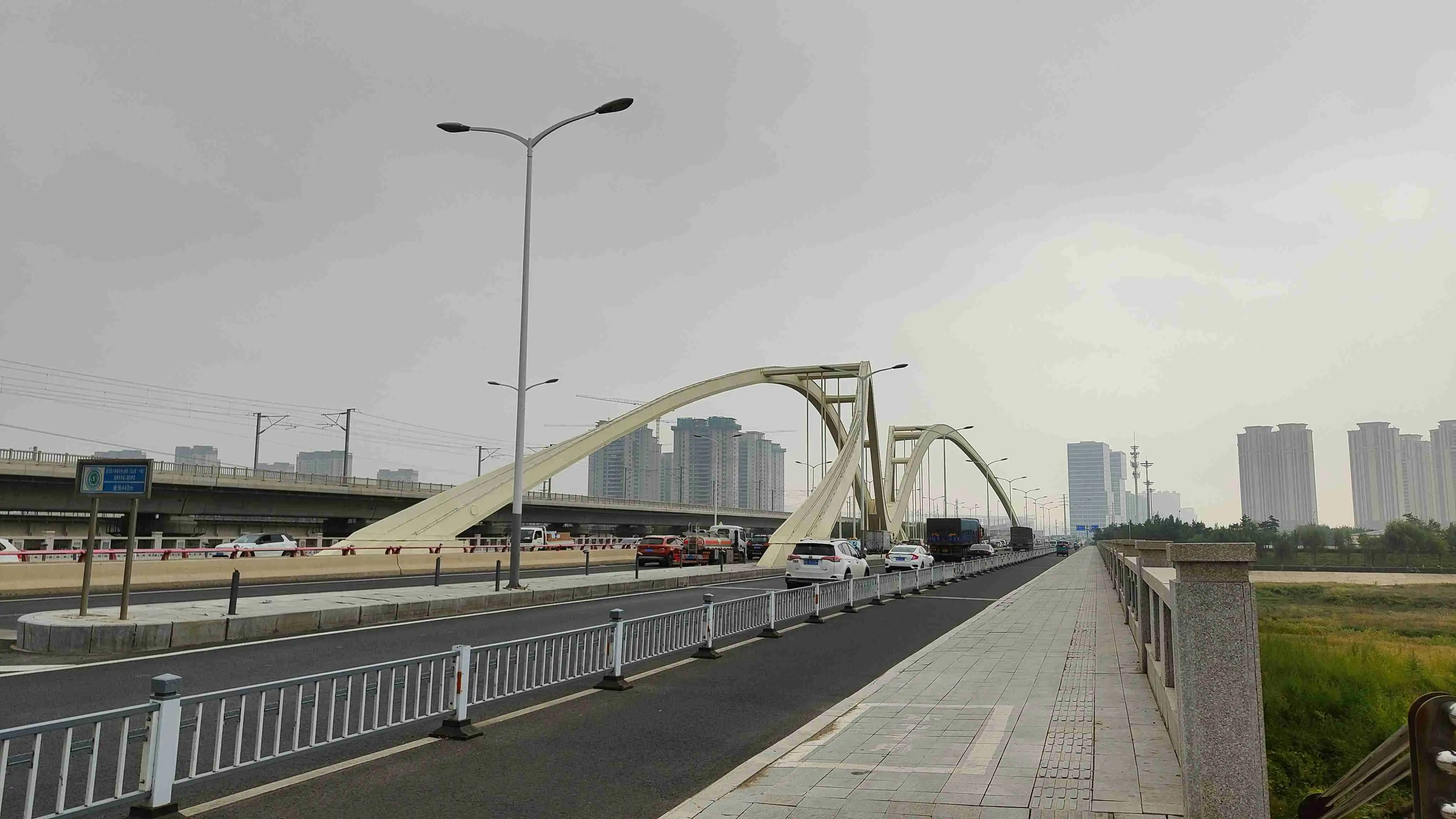
Adaptive Structures: Self-Adjusting Strength
The future of steel cable-stayed bridges may lie in adaptive structures that can actively adjust their strength and configuration in response to changing loads and environmental conditions. Imagine a bridge that can stiffen its cables during high winds or redistribute loads during seismic events, all controlled by advanced AI systems.
These intelligent structures would utilize shape memory alloys, piezoelectric materials, and other smart technologies to create a dynamic bridge system. By constantly optimizing its configuration, an adaptive cable-stayed bridge could maintain peak performance under any condition, pushing the boundaries of what we consider possible in bridge engineering.
Sustainable Strength: Eco-Friendly Bridge Design
As global focus shifts towards sustainability, the future of steel cable-stayed bridges will undoubtedly incorporate eco-friendly design principles without compromising on strength. This may include the use of recycled steel, carbon-neutral manufacturing processes, and the integration of renewable energy generation systems within the bridge structure itself.
Innovative companies are already exploring ways to reduce the carbon footprint of bridge construction and maintenance. For instance, Shenyang Zhongda's commitment to BIM-based digital design not only enhances project visualization and execution but also contributes to more efficient material use and reduced waste. As these sustainable practices evolve, we can expect to see steel cable-stayed bridges that are not only incredibly strong but also environmentally responsible, setting new standards for infrastructure development worldwide.
Conclusion
Steel cable-stayed bridges stand as testaments to human ingenuity and engineering prowess. Their remarkable strength, derived from advanced materials like Q420qE steel and innovative design features, enables these structures to span vast distances and withstand extreme conditions. As we look to the future, the evolution of materials, adaptive technologies, and sustainable practices promises even stronger, more resilient bridges. These engineering marvels will continue to connect communities, facilitate commerce, and inspire awe for generations to come.
Contact Us
For cutting-edge steel cable-stayed bridge solutions that embody the pinnacle of strength and innovation, turn to Zhongda Steel. Our Q420qE steel cable-stayed bridges offer unparalleled durability, customizable designs, and industry-leading corrosion protection. Experience the future of infrastructure with our expert engineering team. Contact us today at Ava@zd-steels.com to discuss your project needs and discover how our advanced bridge solutions can elevate your infrastructure to new heights of strength and reliability.











